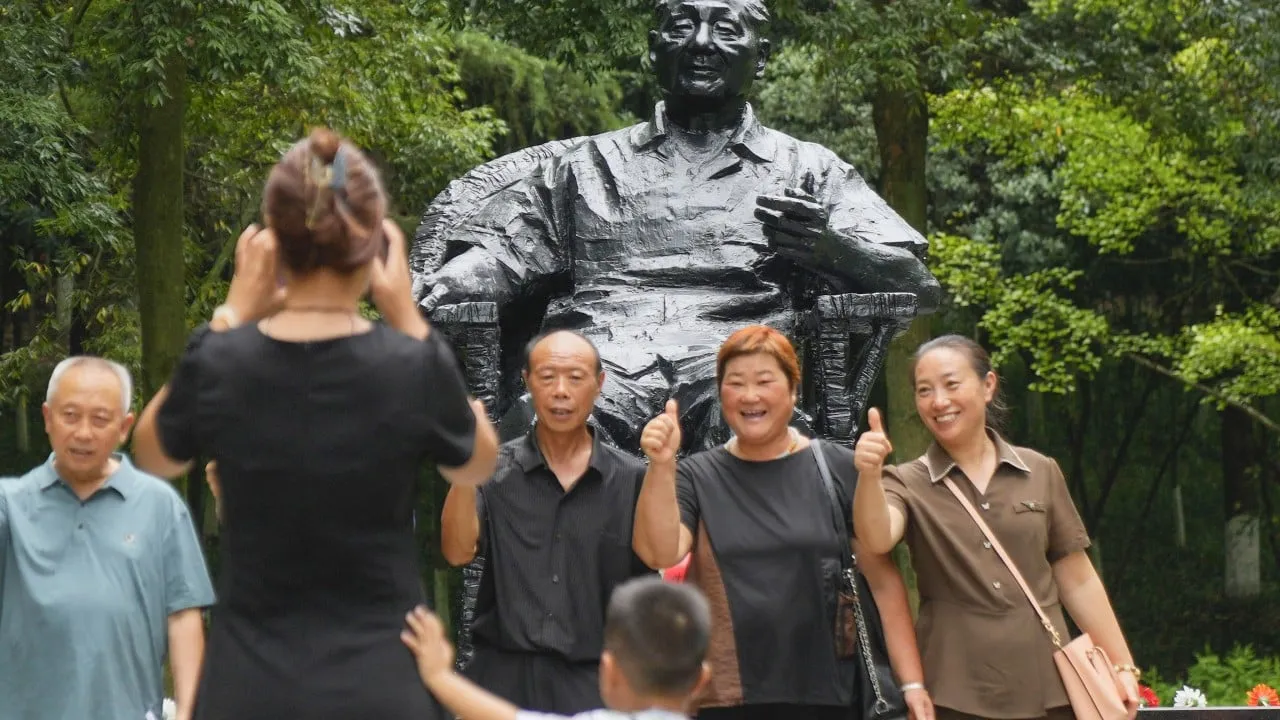Shenzhen and the Global Influence of Deng Xiaoping's Reform and Opening Up

Shenzhen and Its Role in China’s Evolution
Shenzhen has emerged as a beacon of China's reform and opening up initiated by Deng Xiaoping in the late 1970s. This city exemplifies how embracing non-state and foreign capital has catalyzed economic growth, making it a prominent first-tier city along with Shanghai and Beijing.
The Economic Transformation and Key Metrics
- GDP Growth: China’s GDP surged from US$150 billion in 1978 to US$17.8 trillion in 2023.
- Per Capita GDP: It rose from US$157 in 1973 to US$12,614 in 2023, outperforming nations like India and Thailand.
- Trade Volume: The trade volume skyrocketed 467 times from US$14.7 billion in 1977 to US$6.9 trillion by 2022.
Societal Changes and Improvement
Beyond economic metrics, notable advancements include:
- Literacy Rate: Increased from 20% in 1949 to approximately 97% today.
- Life Expectancy: Jumped from 35 years in 1949 to 79 years in 2022.
- Income Growth: Height of 18-year-old males grew significantly alongside protein intake surpassing that of the US.
Global Integration and Innovation
China's place in the global economy highlights its role as the factory of the world. Companies are now focusing on innovation and advanced R&D instead of just manufacturing.
This transformation fuels national pride, as evidenced by Chinese brands gaining international recognition.
Conclusion: A Historical First
Shenzhen and China’s journey over the past four decades represent a monumental shift and a definitive “first time in history.” As China continues to advance, its influence on global trade and innovation deepens, showcasing remarkable growth and resilience.
This article was prepared using information from open sources in accordance with the principles of Ethical Policy. The editorial team is not responsible for absolute accuracy, as it relies on data from the sources referenced.